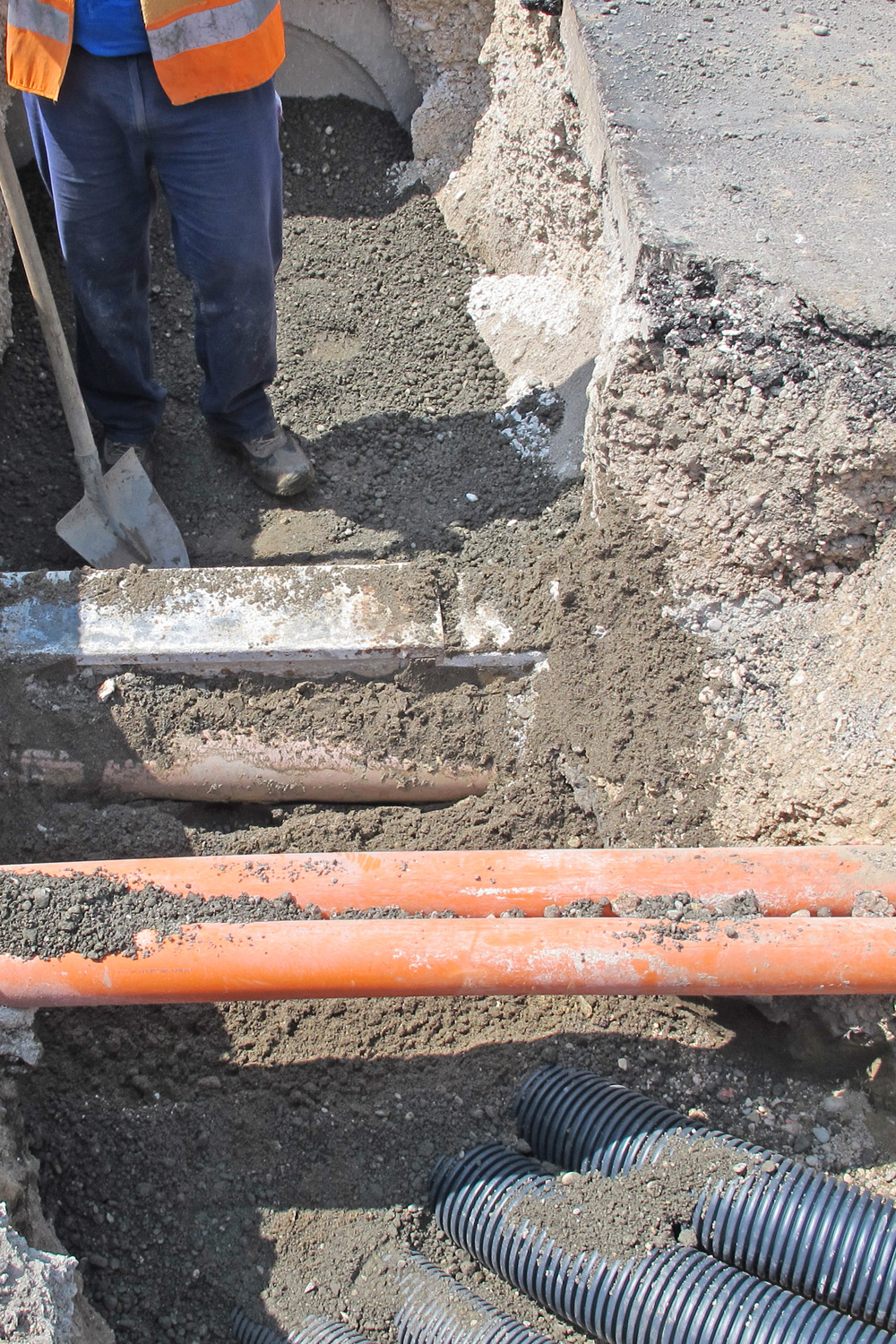Pipe Tracking
- Home
- Pipe Tracking
 All across NYC, there are millions of miles of piping existing underground. And this piping can often impede your construction project or jobsite, both residential and commercial. At Scan Tech, we use the latest in ground penetrating radar, or GPR technology, to help find and locate existing pipe systems underground, to ensure you are able to avoid them and prevent an unwanted accident and eliminate unwanted issues from your construction project!
All across NYC, there are millions of miles of piping existing underground. And this piping can often impede your construction project or jobsite, both residential and commercial. At Scan Tech, we use the latest in ground penetrating radar, or GPR technology, to help find and locate existing pipe systems underground, to ensure you are able to avoid them and prevent an unwanted accident and eliminate unwanted issues from your construction project!
What Types of Pipes Can We Locate?
GPR technology offers the very best and one of the most versatile scanning services available today. And at Scan Tech, our team of experienced professionals, will help to ensure that your project goes off without a hitch – locating all different types of pipes and pipe systems. From fiber optics pipes, to plumbing lines and much more, we can help locate all different types of pipe systems – big and small.
What is Pipe Tracking?
At Scan Tech, when we locate pipes and pipe systems underground, we are meticulous in tracking and marking these systems, in order to provide our clients with a well detailed layout and understanding of where these might impede or get in the way of their construction projects or drilling work.
Where Can We Provide Pipe Tracking?
Pipe locating and tracking can be done in all manner of construction sites, and areas. From residential homes, units, to commercial properties and much more – our team of pros can find all different types of pipe systems through concrete, earth, and much more!
For more information on pipe locating services, be sure to contact Scan Tech today.
How It Works
GPR equipment is capable of transmitting and receiving electromagnetic waves which are sent into the grounds subsurface or other material, and detects interfaces between differing materials. The interface between these materials are identified by the changes which occur to the electromagnetic waves. These changes can be caused by voids, reinforcing bars, underground utilities (metal or plastic), conduits, or a variety of other items. The antenna transmits and receives a high-frequency electromagnetic impulse (radar wave) into the material of interest, and records the travel time and amplitude of the reflected impulses.


